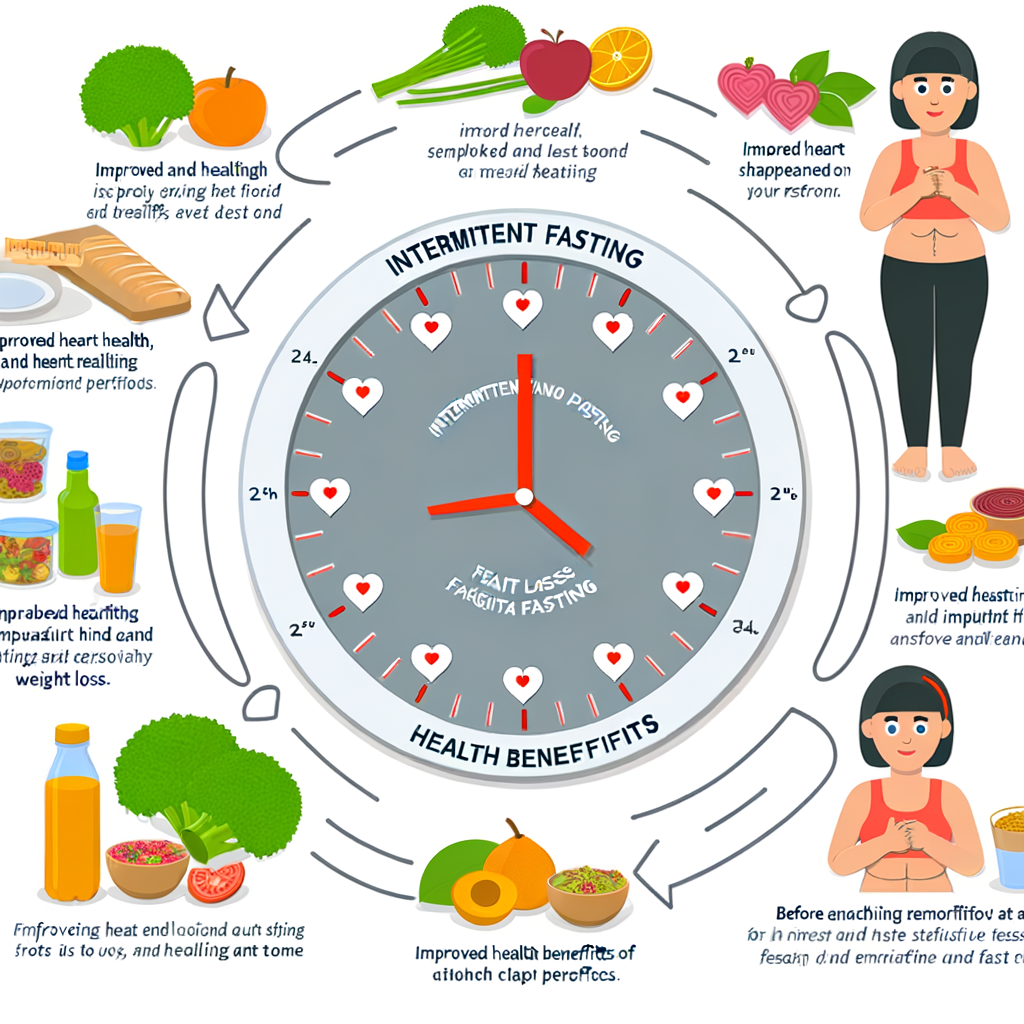Understanding the Intermittent Fasting Diet Plan: A Comprehensive Guide
Introduction: Intermittent fasting has gained considerable popularity for its potential health benefits and effectiveness in weight management. This dietary approach involves cycling between periods of eating and fasting, offering a flexible and sustainable way to improve overall health. In this blog post, we will delve into the intricacies of intermittent fasting, exploring its benefits, methodologies, and ways to make it work for your lifestyle. Whether you’re looking to lose weight, enhance metabolic health, or simply optimize your eating patterns, this guide will provide valuable insights.
The Basics of Intermittent Fasting
Definition and Overview</h3>
Intermittent fasting is not a traditional diet, but rather a pattern of eating that alternates between periods of fasting and eating. Common methods include the 16/8 method, where you fast for 16 hours and eat during an 8-hour window, and the 5:2 method, involving normal eating for five days and restricted calorie intake for two non-consecutive days. This approach focuses less on what you eat and more on when you eat, making it a flexible option for many.
Health Benefits of Intermittent Fasting
Research suggests that intermittent fasting can lead to several health benefits, including weight loss, improved metabolic health, and enhanced cellular repair processes. By reducing insulin levels, encouraging fat loss, and promoting autophagy, intermittent fasting can contribute to better health outcomes. It has also been linked to reduced inflammation, continued brain health, and potential longevity benefits.
Starting Your Intermittent Fasting Journey
Choosing the Right Method
Selecting the appropriate intermittent fasting method depends on your lifestyle, health goals, and personal preferences. For beginners, the 16/8 method is often recommended due to its simplicity and adaptable eating window. Experimenting with different fasting patterns, such as alternate-day fasting or the 5:2 method, can help find the best fit for your needs.
Preparing for Intermittent Fasting
Before beginning intermittent fasting, it’s essential to gradually adjust your eating patterns and consult with a healthcare professional, especially if you have existing health conditions. Hydration is crucial during fasting periods, and incorporating nutrient-dense meals within your eating window will support your body’s energy needs and help maintain balanced nutrition.
Maintaining Intermittent Fasting for Long-Term Success
Dealing with Challenges
While intermittent fasting can offer substantial benefits, it may also present challenges such as hunger, mood fluctuations, or energy dips. These can often be addressed by staying hydrated, ensuring adequate calorie intake during eating periods, and gradually easing into longer fasting durations.
Staying Consistent
Consistency is key to reaping the benefits of intermittent fasting. Tracking your progress, setting realistic goals, and seeking support from online communities or fasting apps can aid in maintaining motivation and accountability. Remember that flexibility is also essential, and slight adjustments to your fasting schedule for special occasions are perfectly acceptable.
Conclusion
Summary of Key Points
This blog post has explored the principles of intermittent fasting, its potential health benefits, and practical strategies for starting and maintaining this eating pattern. By embracing intermittent fasting, you can leverage its benefits to support your health and wellness journey.
Call to Action
If you’re ready to try intermittent fasting or want to learn more, subscribe to our newsletter for additional insights, tips, and personalized advice. We’d love to hear your thoughts and experiences with intermittent fasting, so feel free to leave a comment or share this post with others who might be interested in integrating this approach into their lifestyle.




